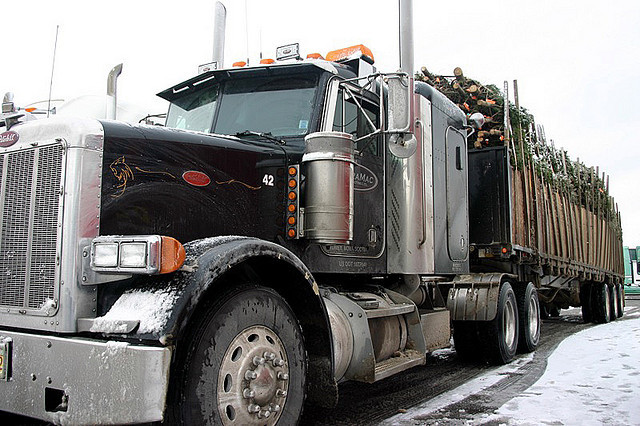
You might not think of diesel as part of the green movement, but it’s getting better.
What if a single device could promote cleaner air, cut down on excess fuel consumption and help extend the life of both large and small vehicles on the road? The developers at Filter Sensing Technologies say that’s all on its way.
If you’ve spent much time driving behind trucks, you know that diesel exhaust leaves the air anything but fresh and clean. Exhaust from any combustion vehicle is a culprit, for that matter. But with particulate filter sensors, filters will do a better job and the vehicles that use them will work more efficiently.
What’s in Diesel Exhaust
Diesel exhaust is made up of two phases, says the EPA. There’s gas and particle, and both are hazardous. The gas phase contains acetaldehyde, acrolein, benzene, formaldehyde, polycyclic aromatic hydrocarbons and other pollutants. The particle phase contains fine and ultra fine particles of “elemental carbon with adsorbed compounds such as organic compounds, sulfate, nitrate, metals and other trace elements.”
You can inhale these hazards once they leave the exhaust of a vehicle because they’re fine and ultra fine. Prolonged exposure can cause a number of health problems. Some of those include eye, nose and throat irritation, lung inflammation and cellular changes in the lungs. People with asthma can experience serious complications, too.

From big trucks to passenger cars, reduced pollution and higher efficiency are real possibilities.
How Wireless Filter Sensors Curb Pollutants
Diesel vehicles already have filters, which dramatically reduce the volume of pollutants that reach the air. Engineering.com says that once the EPA cracked down on emissions, many tractor trailer and other diesel vehicle owners installed ceramic filters, which can capture about 95 percent of the soot. That’s relatively efficient when they’re working at peak efficiency. But they require a burning process to keep them that way and the current process isn’t efficient.
When a filter is full, a high-temperature burn off cycle removes the soot and cleans it, making it effective again. Problem is, vehicle operators activate the cleaning cycle manually once or twice a day without really knowing whether it’s necessary. The new wireless filter sensors know when the filter needs cleaning, and activate the cleaning cycle automatically.
Why Efficient Filter Cleaning Matters
While it’s true that an attentive vehicle operator can keep filters clean without wireless sensing technology, cycles may run before or after they’re necessary. That’s because the operator doesn’t know how full the filter is at any given time.
If the cycle runs too soon, additional fuel to create the cleaning burn is partly wasted. It’s like running a dishwasher that’s half full. If the cycle runs too late, the filter loses its ability to filter particulates. The vehicle also loses fuel efficiency. With wireless filter sensors, the cleaning cycle begins when it’s necessary, and only when it’s necessary, without any guesswork on the part of the vehicle operator.
The filter sensor research and development team says that this technology is not just for big diesel trucks, although diesel engines are what it was developed for. It also works for gas engines. The developers see a future for this technology in rail, passenger car, off-road equipment and other combustion applications.
Research and development teams make the engineering world go ’round, and professional development hours help them do it. It’s all part of being in the industry. Check out our PE approved courses when your next credit hours are due.
Image credit:
Tractor Trailer, by Justin Russell https://www.flickr.com/photos/nightthree/, via Flickr Creative Commons






